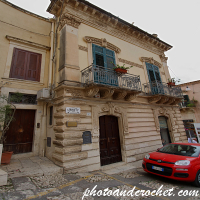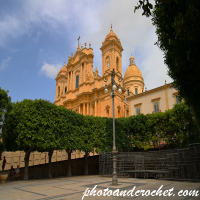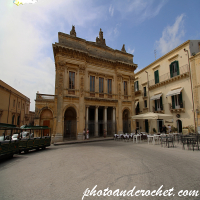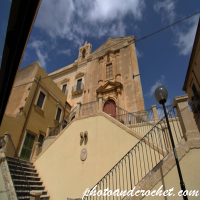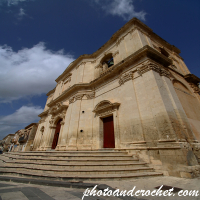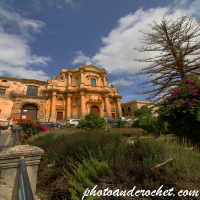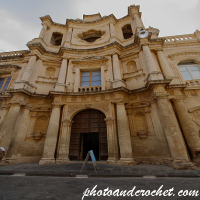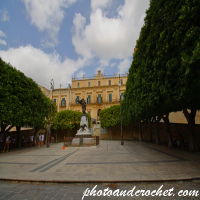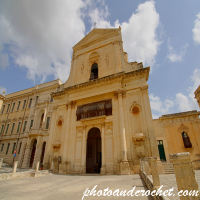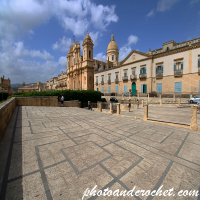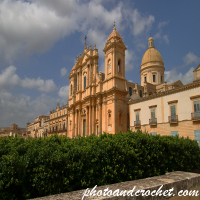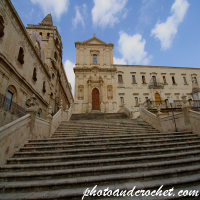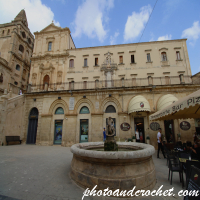Noto
The old town, Noto Antica, lies 8
kilometres north on Mount Alveria. In
263 BCE the city was granted to Hiero II
by the Romans. According to legend, Daedalus stayed in the city after his flight over
the Ionian Sea, as did Hercules after his seventh task.
In 866 it was conquered by the Muslims, who elevated the city
to become a capital of one of the three districts
of the island. In 1091, it became the last Islamic stronghold in
Sicily to fall to the Christians. Later it became a rich Norman city.
In the 16th and 17th centuries, the
city was home to several notable intellectual figures, including Giovanni Aurispa, jurists Andrea Barbazio and
Antonio Corsetto, as well as architect Matteo Carnelivari and composer Mario Capuana. In 1503 King Ferdinand III granted it the title of civitas
ingeniosa ("Ingenious City").
In the following centuries, the city
expanded, growing beyond its medieval limits, and new buildings, churches and
convents were built.
The medieval town of Noto was
virtually razed by the 1693 Sicilian earthquake.
Over half the population is said to have
died from the earthquake. The town was rebuilt at the present site, on the left
bank of the River Asinaro. These circumstances
have led this town to have a unique architectural homogeneity since the core of
the town was all built over the next decades after the calamity in what is a
typical and highly preserved example of Sicilian baroque. The
town was dubbed the "Stone Garden" by Cesare
Brandi and is currently listed as a UNESCO World Heritage Site.
